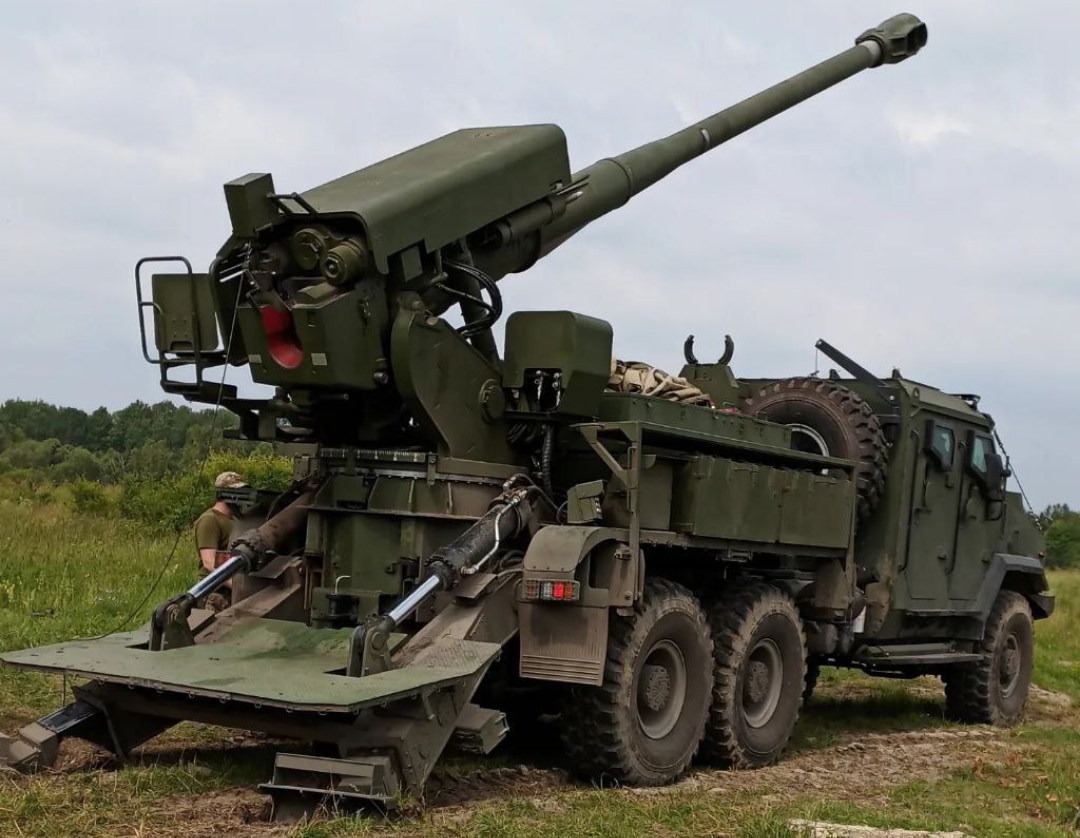A video with an updated version of the Ukrainian Bohdana 155mm wheeled self-propelled howitzer was published on social media in June 2023. Ukrainians have given it the nickname “Bohdana 2.0.”
The video showed the military firing a M982 Excalibur guided projectile from a domestic howitzer.
Therefore, perhaps “Bohdana 2.0” is either already at war or will soon appear on the battlefield.
Militarnyi decided to remind the way how the first NATO-standard caliber self-propelled howitzer, which was developed by specialists of the Ukrainian defense industry was created, tested and used on the battlefield, as well as to assess the benefits of the ability of Ukraine to produce its own 155mm howitzers.
How Bohdana was created
The development of the 2S22 Bohdana ACS began in 2016 at the Kramatorsk Heavy Duty Machine Tool Building Plant. A crucial aspect of its development was the utilization of Ukrainian steel and domestic equipment for the production of rifled barrels for these ACSs, a practice that was not previously implemented in Ukraine. The prototype was based on a KrAZ-63221 chassis with an armored cab.
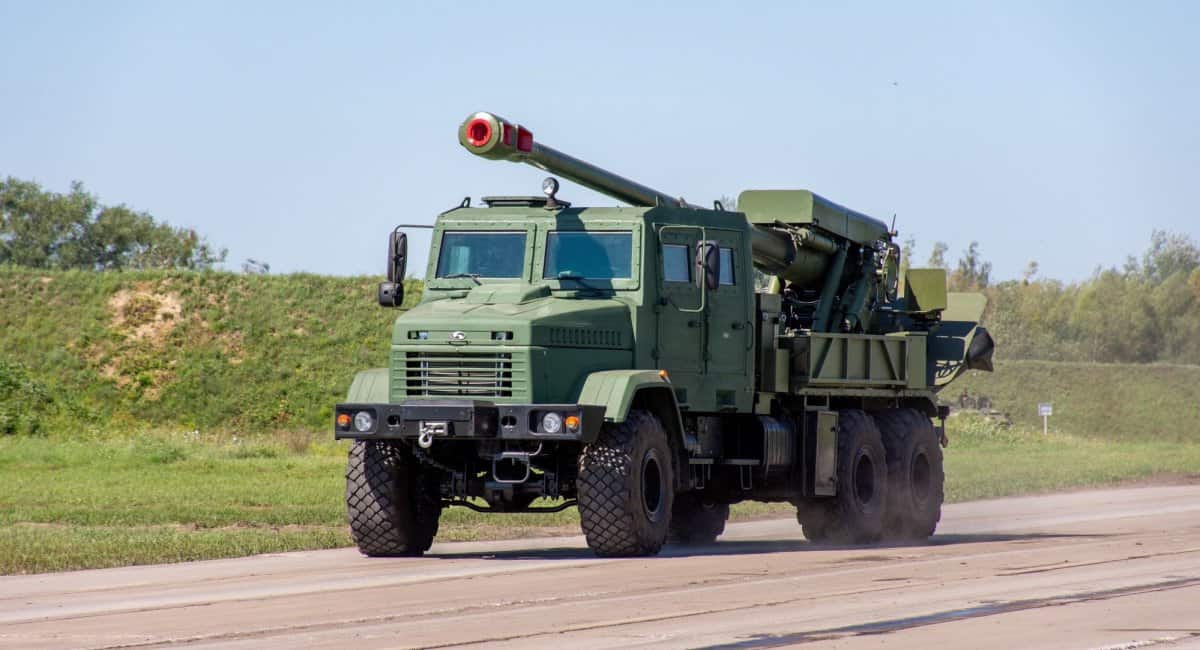
The declared weight of Bohdana ACS is 28 tons. Its crew consists of five people. The artillery system received a ballistic computer, an automatic gun guidance system, a built-in navigation system and a commander’s display.

2S22 Bohdana ACS was first shown in July 2018, and on August 24 of the same year it was presen at the Kyiv Independence Day Parade. It was planned that the Bohdana would subsequently receive a full-fledged digital fire control system and a 6-rounds autoloader mechanism.

Another plan was to deploy mass production after all the necessary state tests and the adoption by the Army of the artillery system.
The R&D work on Bohdana was supposed to be completed in 2020. However, the pace of development was lost, in particular, due to problems with the purchase of 155mm ammunition and bureaucracy. The consequence was a legal battle between the manufacturer and the Ministry of Defense of Ukraine after the timing failure.
In September 2020, the appeal court decided that the disruption of the Bohdana ACS test schedule was not the manufacturer’s fault but happened due to a lack of necessary ammunition. In November 2020, the Ministry of Defense of Ukraine agreed to conclude an additional agreement to extend the contract duration without imposing penalties. The agreement to complete the Bohdana R&D project was extended until the end of 2021. During this time, the self-propelled howitzer had to undergo preliminary and state tests.
The first stage of factory tests of the 2S22 Bohdana self-propelled gun to assess the real capabilities of the weapons and compliance with the requirements began in May 2021. Before that, only seven shots were fired from the prototype ACS, including hydro- and blank shots.
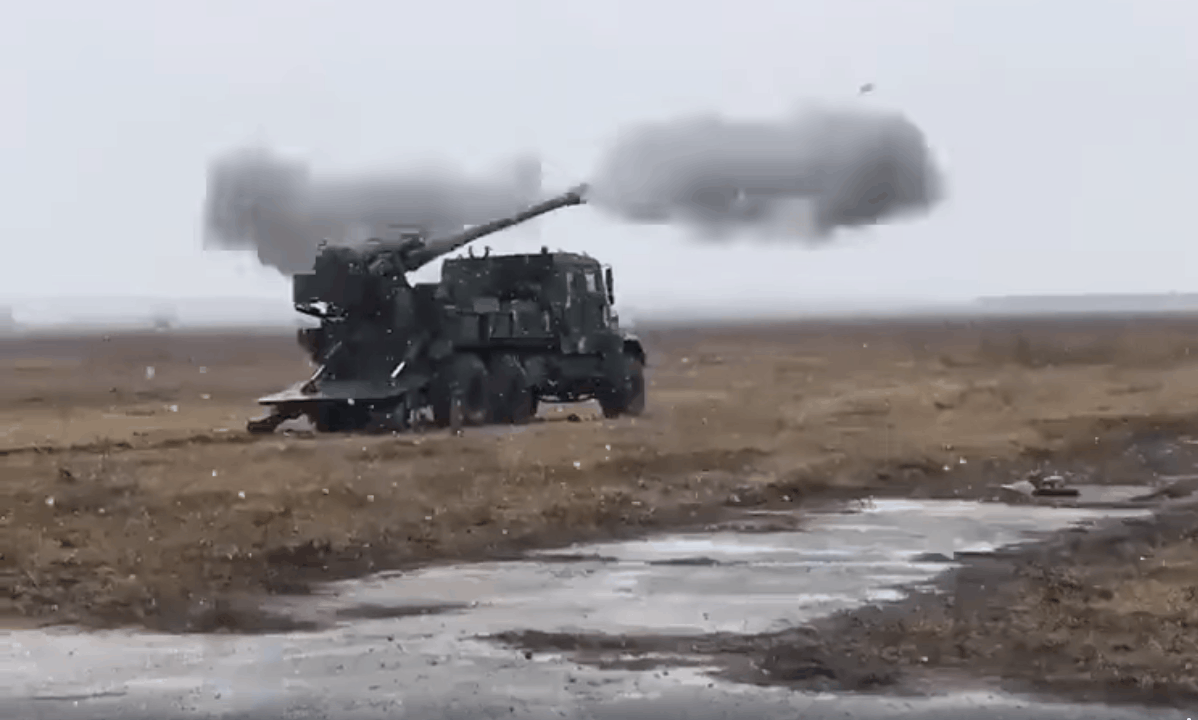
In January 2022, Bohdana ACS completed preliminary fire tests. The howitzer fired 450 rounds.
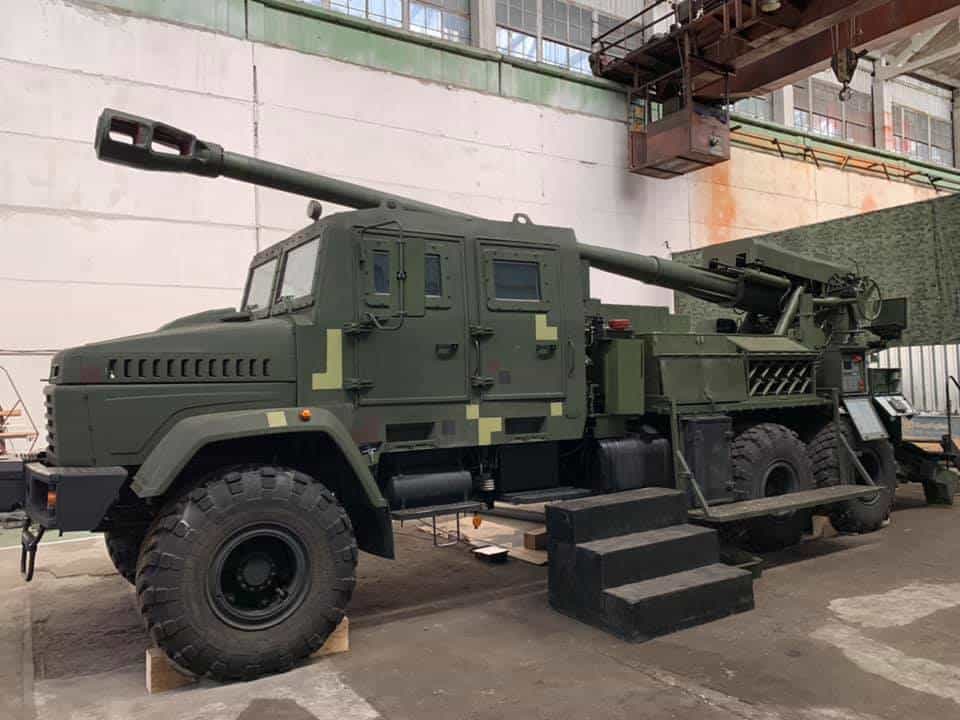
According to the manufacturer, the firing range with a conventional projectile is up to 40 km. And in practice, according to the creators of the self-propelled gun, during the tests in December 2021 and January 2022, Bohdana managed to shoot at 42 km without the use of a rocket-assisted projectile.
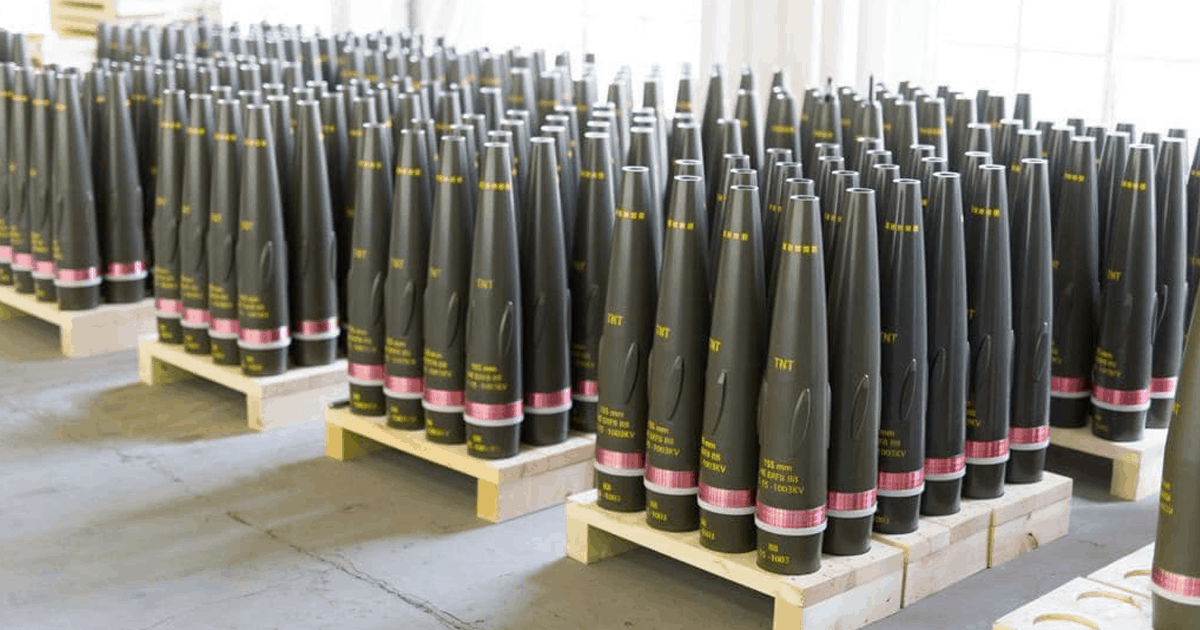
During the tests, 155mm shells of Turkish and Czech production were used. In particular, in 2020, Excalibur Army company supplied the Ministry of Defense of Ukraine with ammunition for a full cycle of tests of Bohdana self-propelled guns.
Participation of Bohdana ACS in the Russian-Ukrainian war

In early May 2022, it became known that the Bohdana prototype was successfully destroying the Russian invaders. Ukrainian self-propelled guns were aimed at shelling the occupied Snake Island in the Black Sea.

A French CAESAR ACS operated in tandem with the Ukrainian Bohdana howitzer. These artillery systems, though the reedbeds, approached firing positions on the seashore near the city of Vilkovo. That was the first combat mission of the Ukrainian self-propelled gun. For several days, crews arranged positions and organized caches for howitzers. Metal objects were hung on trees along the positions so that Russian radars did not detect Ukrainian equipment.

Valerii Zaluzhny, Commander-in-Chief of the Armed Forces of Ukraine, said at the end of June 2022 that the invaders had left Snake Island, after being unable to withstand the fire of Ukrainian artillery, missiles, and air strikes.

General Zaluzhny also thanked the designers and manufacturers of the domestic-made Bohdana self-propelled guns and foreign partners who help Ukraine:
“Deep bow to the designers and manufacturers of the Ukrainian Bohdana ACS, which played an important role in the liberation of the island. Gratitude to foreign partners for the provided ammunition.”

Ukrainian artillery fire was adjusted by the Bayraktar TB2 multi-purpose drone and other UAVs. The domestic 155mm self-propelled howitzer continued to strike at the invaders and in other areas of the Russian-Ukrainian war frontlines.

“Bohdana 2.0”
In January 2023, Defense Minister Oleksii Reznikov said that Ukraine had financed the mass production of the Bohdana artillery system in the spring of 2022. He emphasized that the ACS had been successfully tested on the battlefield.

The minister also published a photo of a new chassis for serial 155mm self-propelled guns of Ukrainian production.
Next month, Reznikov said that the first deliveries of serial Ukrainian Bohdana self-propelled guns to the Defense Forces were expected in the coming months. In an interview with Babel media on February 20, 2023, Reznikov refused to tell journalists how many self-propelled guns were ordered, claiming the sensitivity of the information, but he hinted at the possible volume of the order.
“I can’t say, it’s not public. Let’s put it this way, the first battalions” – the minister replied.
In early May, photos showing the production process of the Ukrainian artillery system in its new version were shared on social media.
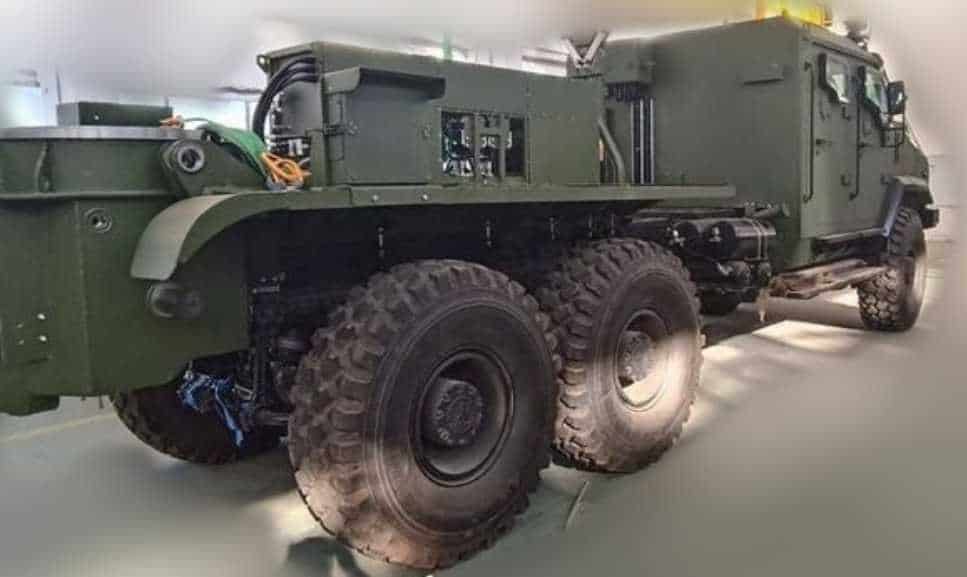
The photo showed a three-axis chassis MAZ-6317 with an armored cab for a driver and crew, which in design resembled the Ukrainian Varta armored vehicle.

A fire control system unit has also been installed on the chassis. However, the vehicle still lacked a gun and other mechanisms that had to ensure the operation of a self-propelled howitzer during firing.

At the end of May, the first photos of the finished Ukrainian serial 2S22 Bohdana self-propelled howitzer appeared on the web. The domestic wheeled howitzer was photographed during its own course on one of the roads in Ukraine.
In June, a photo and video of “Bohdana 2.0” during the firing were also published. Currently, the upgraded version of the Ukrainian howitzer is being tested in the army, firing at different ranges with different ammunition.
According to the video and photo, the artillery part of the upgraded version of Bohdana did not visually undergo significant changes.

It is already known that a powered rammer will be installed on the gun to facilitate the operation of the self-propelled gun crew. This device pushes the projectile and the propellant charge into the gun chamber.
One of the obvious drawbacks of the Bohdana prototype is the inconvenience of the loading process: due to its design features, the military must lift a heavy projectile and propellant charge high into the gun chamber. This is seen in the video shown above. It seems that the version “Bohdana 2.0” has the same drawbacks, perhaps a powered rammer will slightly improve the work of gunners.
“Bohdana 3.0”
At the IDEX-2023 international exhibition in Abu Dhabi in February 2023, the Kramatorsk Heavy Duty Machine Tool Building Plant presented another version of the further development of the 2S22 Bohdana self-propelled howitzer.
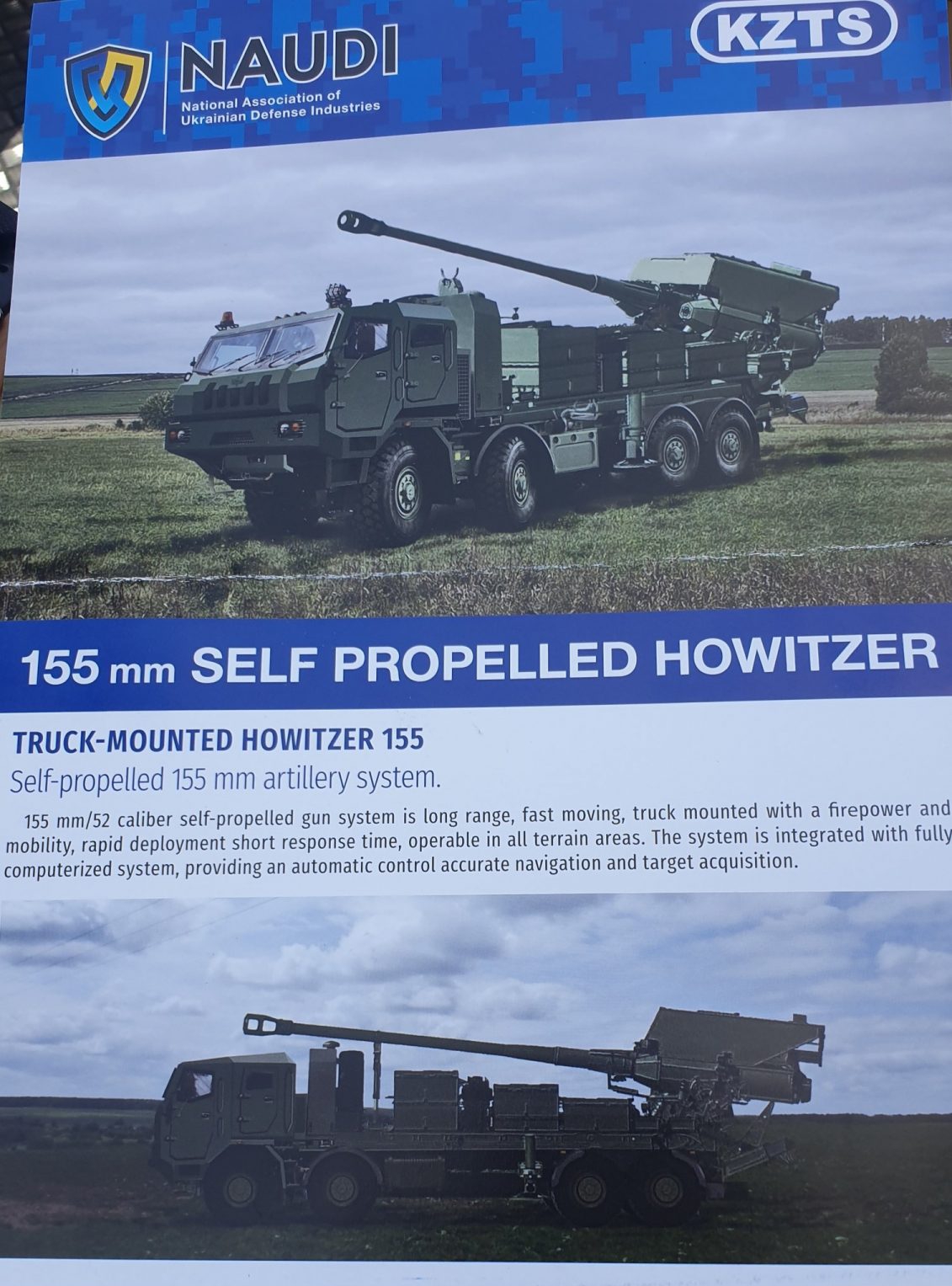
This version of the artillery system, as can be assumed from the photo, is planned to be mounted on the Czech Tatra T815 8×8 four-axis chassis with an armored cabin from the company Ukrainian Armor.

This version differs significantly from the first prototype of Bohdana and Bohdana 2.0. In particular, the new self-propelled guns will have a full-fledged ammunition autoloading mechanism.
Why does Ukraine need its own 155mm ACS?
During active hostilities with the Russian invaders, artillery systems of Soviet calibers, in particular, 122mm and 152mm were failing and running out. From time to time, they were also destroyed by the enemy. The Defense Forces of Ukraine are increasingly using howitzers and self-propelled guns of NATO caliber. First of all, these are 155mm and 105mm artillery systems, which partners transfer as military assistance.

In addition, the number of Soviet-type shells available on the market is also limited. Not all manufacturers are ready to supply ammunition to Ukraine.
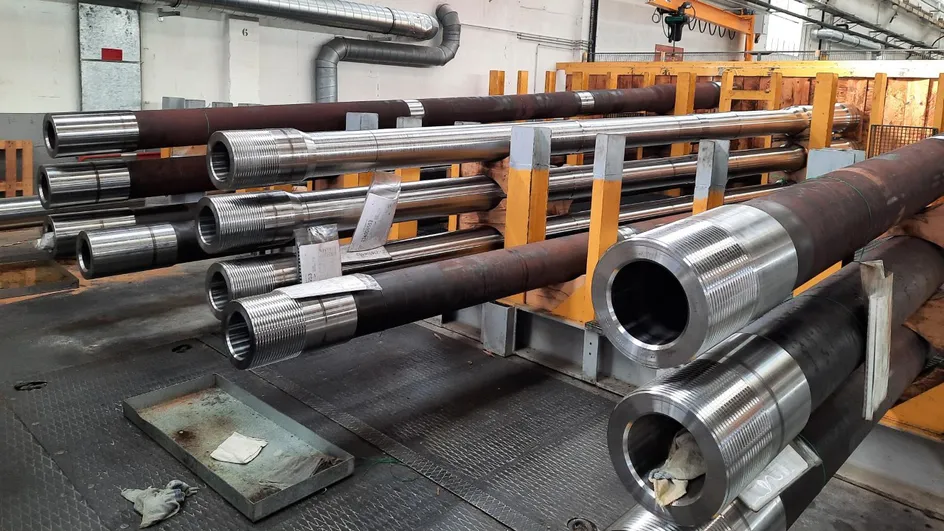
Now Ukraine depends on the supply of components, spare parts, and replaceable barrels for guns from Western countries.
Setting up the production of domestic 155mm ACS and especially barrels will reduce dependence on foreign supplies, quickly replenish the losses, and facilitate the transition of Ukrainian artillery to Western calibers.
Gaining experience by Ukrainian specialists in the creation of such systems and combat use and constant improvements will also allow Ukraine in the future to produce its own new artillery systems for the Armed Forces of Ukraine and, perhaps, even sell them to other countries, creating jobs and relevant competencies.
SUPPORT MILITARNYI
Even a single donation or a $1 subscription will help us contnue working and developing. Fund independent military media and have access to credible information.


 Вероніка Грищенко
Вероніка Грищенко 
 Андрій Соколов
Андрій Соколов 
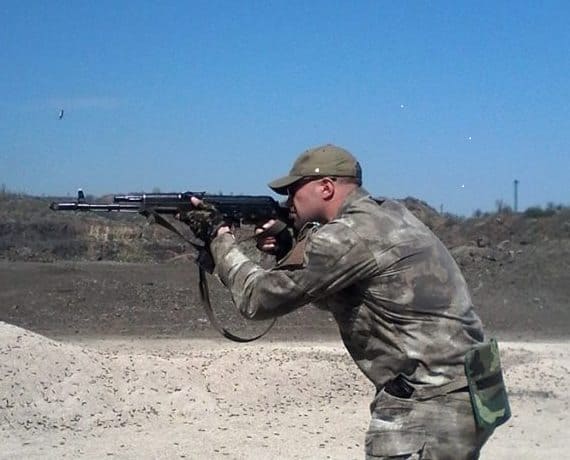 Urich
Urich 
 Андрій Харук
Андрій Харук 
 Контужений Безпілотник
Контужений Безпілотник 
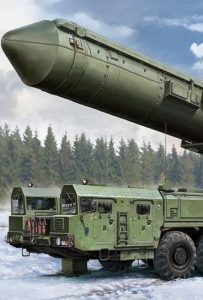
 Центр ініціатив ПЖ
Центр ініціатив ПЖ 
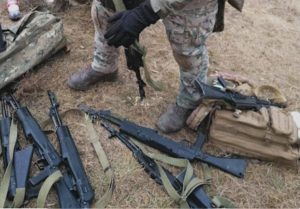


 Vadim Kushnikov
Vadim Kushnikov 
 Андрій Тарасенко
Андрій Тарасенко 
 Юрій Юзич
Юрій Юзич 